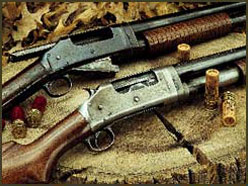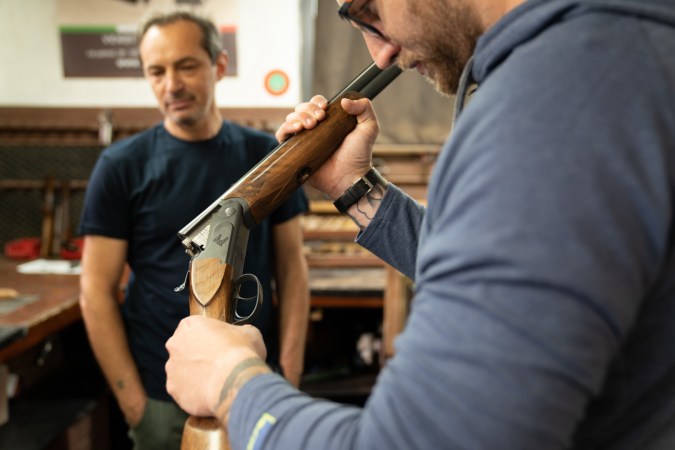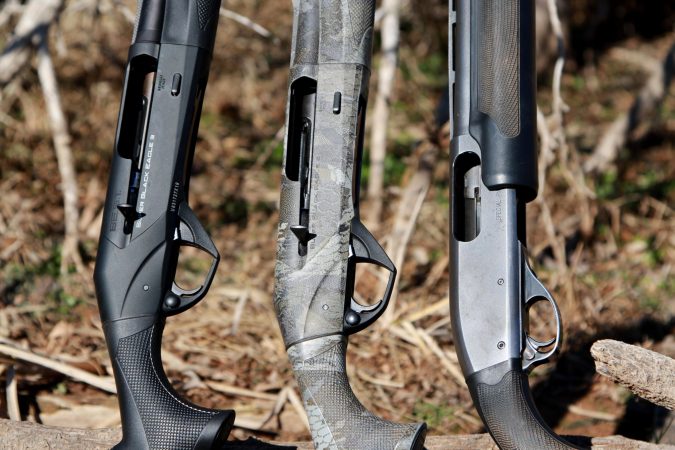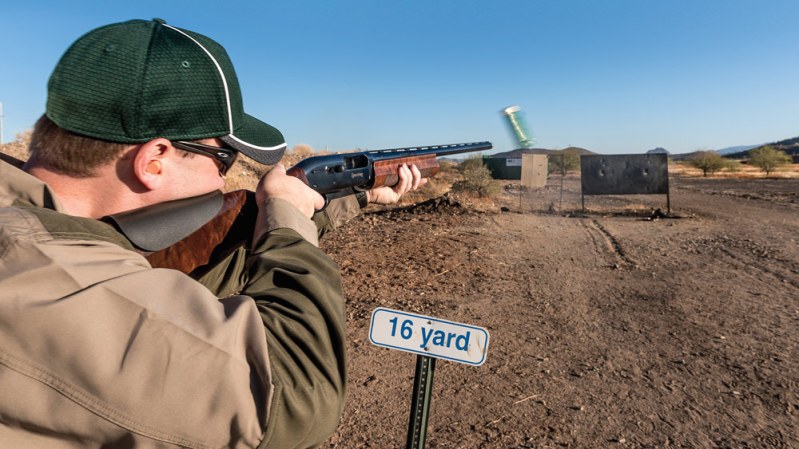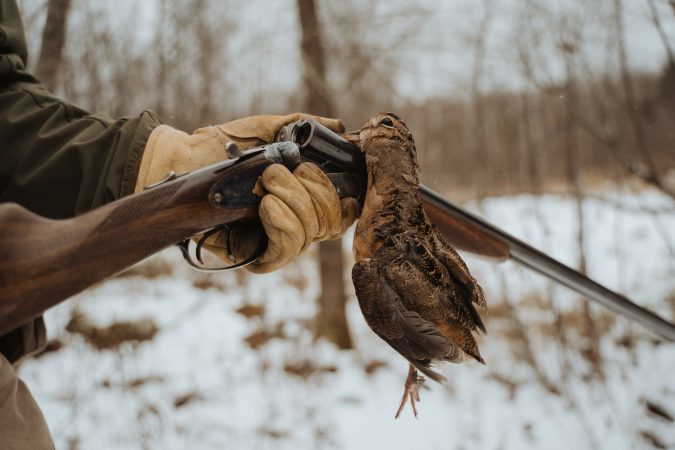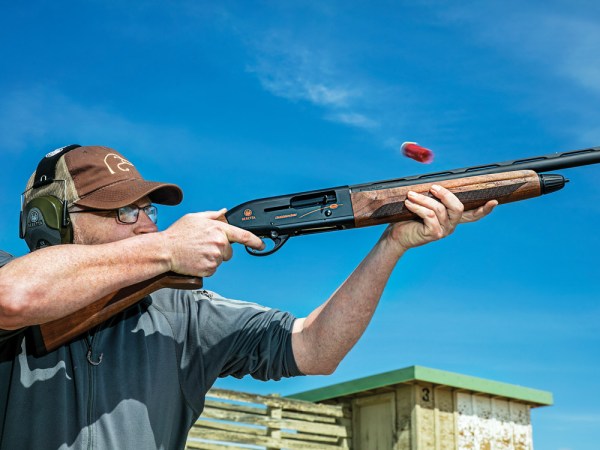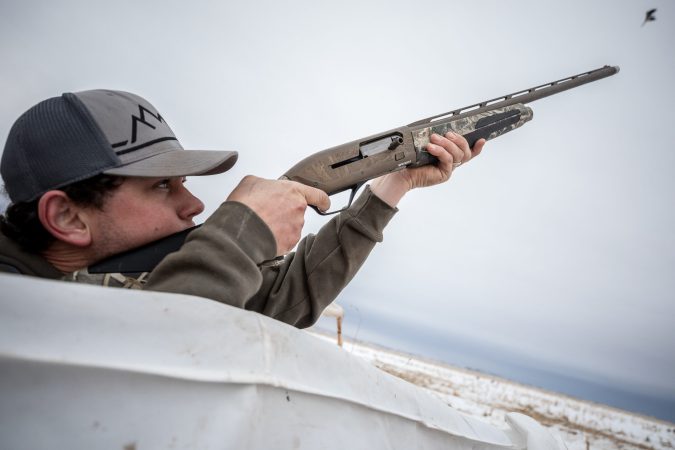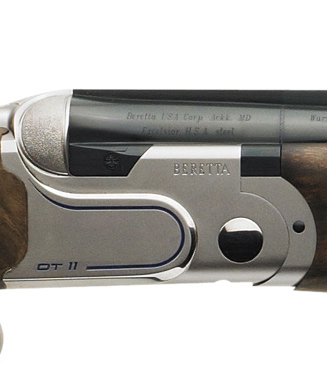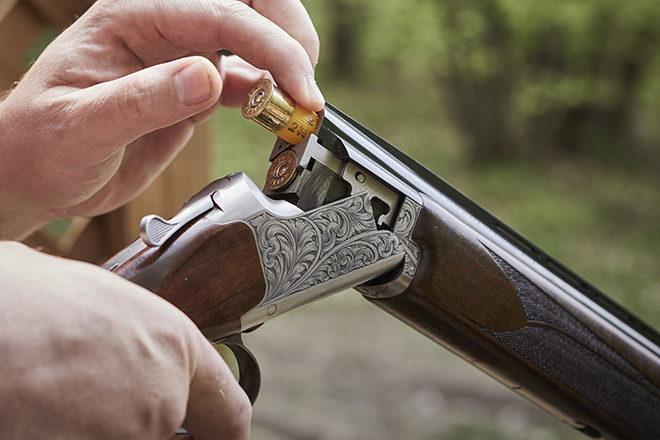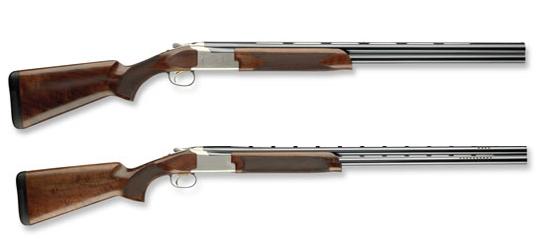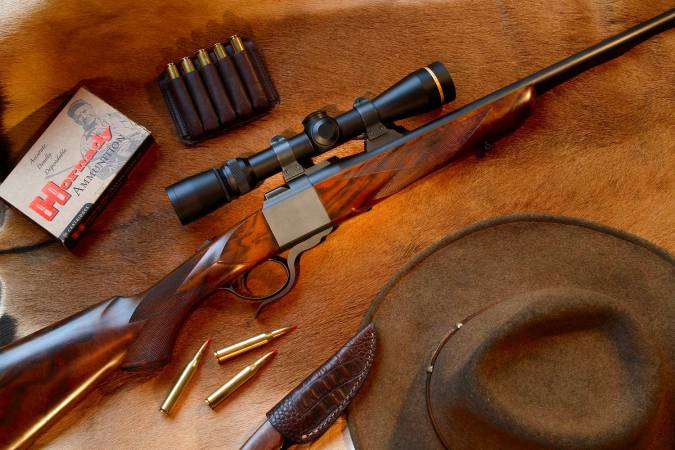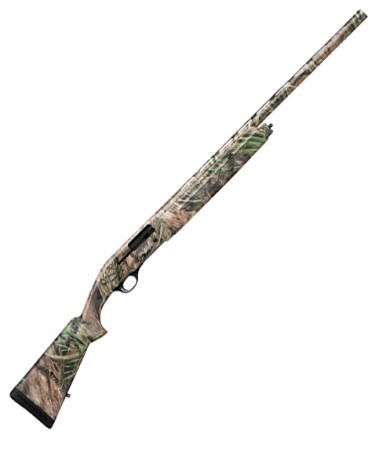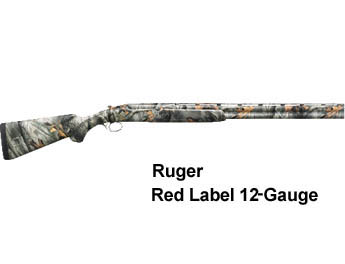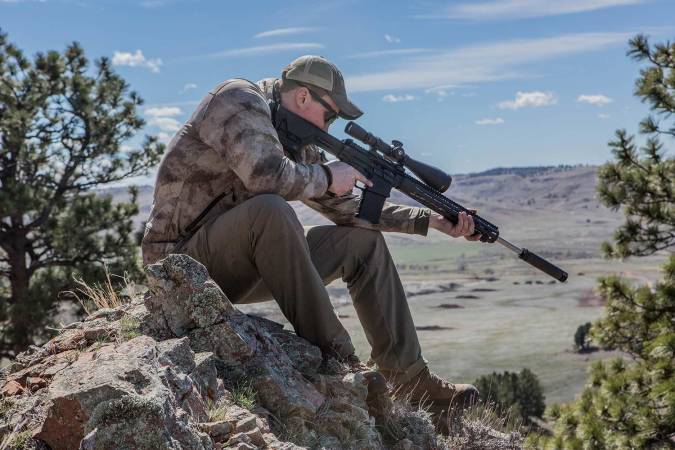We may earn revenue from the products available on this page and participate in affiliate programs. Learn More ›
There are at least three good reasons for buying a used shotgun. The obvious one, of course, is to get a nice shotgun without having to pay the price of a new one.
The second reason for buying a used shotgun is to acquire favorite makes and models that are no longer in production. The ubiquitous five-shot “squareback” Browning autoloader and Winchester’s Model 12 pump gun come immediately to mind. But don’t expect great bargains when looking for these classics. So whatever you pay, consider it an investment.
The same goes for buying the classic collectibles, the third good reason for buying a used shotgun. This is an exclusive group that includes such names as Baker, Fox, Parker, and L.C. Smith. Using the term “used” to classify these guns is sort of like calling masterpieces by great artists “used” paintings because they had previous owners.
Buyers Beware
Just as great art can be appraised only by trained experts, establishing the values of fine shotguns is best left to connoisseurs of shooting ware and well-heeled collectors. There is no shortage of shady gun dealers willing to represent a classic marque shotgun as better or more original than it really is.
Hence, the first rule to obey when buying any used gun is the “Rule of Why.” Why is the gun for sale?
When buying a used car it’s nice when the dealer knows the history of the vehicle and can assure you it’s been well maintained and driven only to prayer meetings by his maiden aunt. The same goes for used guns. Quite often the dealer knows a gun’s history since the time he first sold it new. However, unlike used cars (and even rifles), it’s hard to wear out a shotgun with normal use. And since guns don’t have odometers, we look for other signs of useÃÂor more specifically, misuse.
The reason why most shotguns are on your dealer’s used gun rack is simply that they were traded in on newer makes or models. Sometimes used shotguns come on the market at estate auctions and occasionally good buys can be found. Gun shows are also a great place to find used shotguns in abundance, but one has to be especially cautious when dealing with professional gun traders. After the show is over the trader may be hard to find if you have a complaint. Your local dealer, on the other hand, is more likely to correct problems and offer you a trial period.
Buying guns over the Internet, or from tabloid-style classified ads, can be a risky proposition unless you have a firm guarantee of a full refund if the gun is not as advertised. Insist on a three-day inspection period and don’t forget that guns can be shipped only between licensed dealers. Most dealers will charge you for handling, which, when combined with shipping costs, will add quite a few dollars to the total price of the gun, so be sure to check out these hidden costs beforehand.
Look Inside
Generally speaking, shotguns that are tight and clean on the outside are in similar condition on the inside. The opposite is also true. However, rust can form in the chambers and rrels with amazing speed. So even if the gun looks great on the outside, take a hard look into the bores and wipe the chamber with a white cloth. Any powder-like rust you find is indicative of chamber corrosion. Powder fouling in a shotgun barrel can hide flaws such as scratching and pitting, so be sure that the barrels are well cleaned before you reach for your wallet. When buying an autoloader, remove the forearm and inspect the recoil mechanism and gas system. Poor maintenance of the gas system could lead to rust corrosion.
Though maintenance is a good thing, some overzealous gun owners have the bad habit of over-oiling the mechanisms or spraying everything with penetrating preservatives. Excess oil then seeps into the stock, causing the wood to swell and weaken. This, in turn, can lead to the finish flaking off and eventually chipping and cracking. A darkening of the wood where it meets metal is a sure sign of such oil absorption.
Inspect screw slots for signs of burring or the ugly mangling typical of amateur gunsmiths armed with misfitting screwdrivers. Any such evidence should send warning lights flashing. Mangled screw heads mean that at some time, for some reason, someone who didn’t know what they were doing took the gun apart (or tried to). Even if the gun functions normally, such blemishes reduce value, which is a sharp arrow in your quiver of bargaining weapons.
Bluing and Barrels
Factory-original bluing is a uniform color on all metal surfaces, but when a gun has been reblued even by a professional gun shop, you can often notice mismatched colors on various parts. Also, gun-shop metal polishing prior to rebluing frequently blurs and rounds the edges of the name, model and serial-number markings. Stock refinishing is usually detectable, even when done by an expert, and is unmistakable when done by an amateur. When there is evidence of refinishing, your “why” alarm should sound. All things considered, I feel more secure buying a shotgun in need of refinishing than one that has already been refinished. Refinishing does not necessarily add to the value of a used gun, and may reduce its value.
Barrel lengths that look suspiciously short should be checked out against original lengths listed in the maker’s catalog. It’s not particularly uncommon for shotgun barrels to be cut off because of bulges near the muzzle caused by firing when the barrels were obstructed by mud or snow. Sometimes barrels are shortened simply to remove the choke. Such chop jobs always reduce value. When in doubt, compare the muzzle crowning with the crown of a known original. Quite often, muzzles of cut-off barrels will be flatter and not so evenly rounded at the crown as factory-original work.
Non-matching blue at the crown is another tip-off, and absence of choke is proof positive that something is amiss. Armed with undeniable evidence of such tampering, a buyer is in a strong position to demand that the asking price be reduced by the price of a replacement barrel (possible with most modern autoloaders and pump-action shotguns) or at least the cost of having screw-in chokes fitted.
Sometimes when a stock has been shortened only a half-inch or so and the buttplate or pad expertly replaced, the alteration may not be detectable by casual inspection. Check the length and feel. Shortened stocks can usually be restored to full length by using spacers or thick recoil pads; however, altered stocks reduce value.
Double Trouble
After you make the usual checks for overall condition (inside and out), be sure to check the fit of the barrels to the action. Long use can wear the hinge pin so that the barrel fit becomes sloppy. A specialist can replace a hinge pin to like-new, but some shady characters have been known to give the lump hook extension (which pivots around the pin) a couple of whacks to close the radius and take up the slack. Check this closely, noting any drag on the rotation, and also look for signs of drag or “galling” on the knuckle (the rounded forward edge of the action).
The opening lever should be centered in alignment with the tang or slightly to the right. Levers that line up left of center may be a sign of excessive wear of the locking mechanism or tampering. If the barrels have been reblued, be suspicious because the ribs and barrels of many older guns were soft-soldered together. When reblued by the hot, caustic bluing used by many gunsmiths, the lead solder attachment can be weakened and the barrels may eventually come apart. The old gun trader’s test for this problem is to tap the barrels with a soft mallet or against the side of your shoe soles. If the barrels ring true with a clear note, they’re well attached, but a discordant double tone or rattling sings a warning song. this closely, noting any drag on the rotation, and also look for signs of drag or “galling” on the knuckle (the rounded forward edge of the action).
The opening lever should be centered in alignment with the tang or slightly to the right. Levers that line up left of center may be a sign of excessive wear of the locking mechanism or tampering. If the barrels have been reblued, be suspicious because the ribs and barrels of many older guns were soft-soldered together. When reblued by the hot, caustic bluing used by many gunsmiths, the lead solder attachment can be weakened and the barrels may eventually come apart. The old gun trader’s test for this problem is to tap the barrels with a soft mallet or against the side of your shoe soles. If the barrels ring true with a clear note, they’re well attached, but a discordant double tone or rattling sings a warning song.
